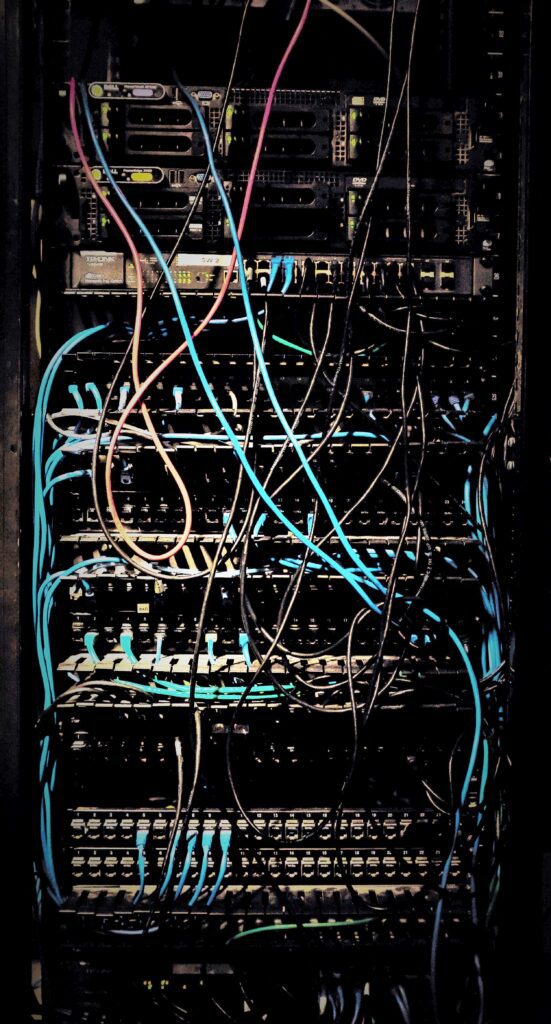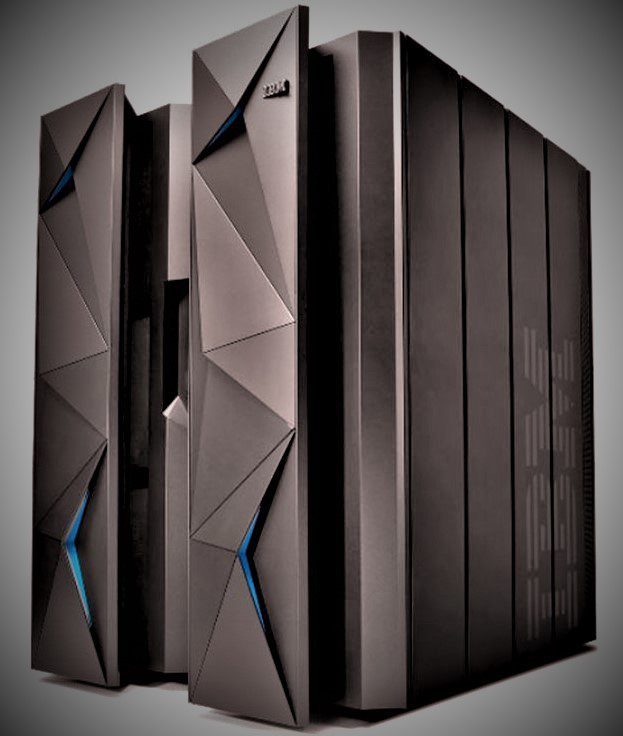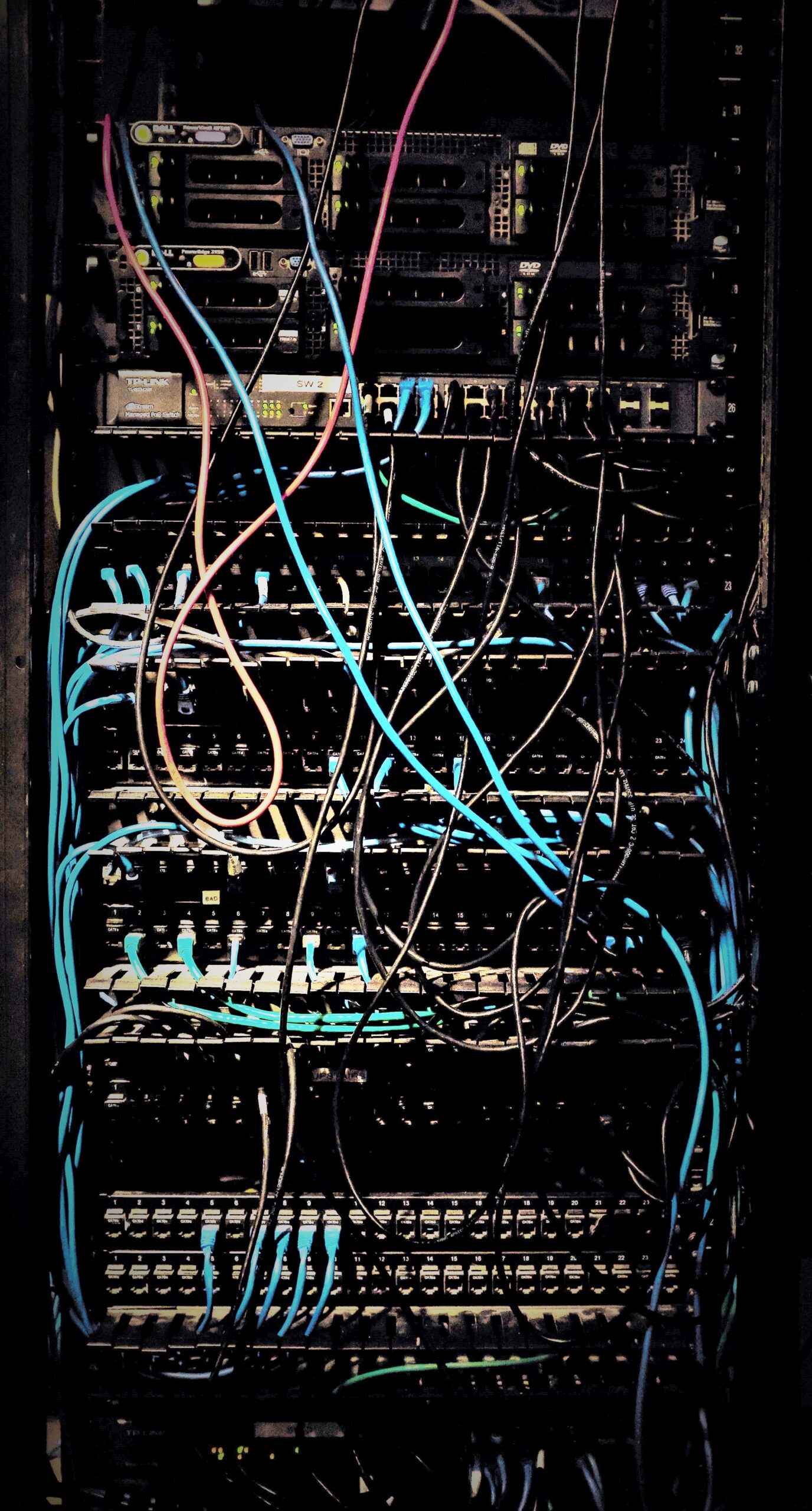
What Is Mainframe & Mainframe computing ?
Mainframe are a type of computer designed for large-scale data processing tasks. They were first introduced in the 1950s and have since become a critical component in many organizations, particularly in the financial, insurance, and government sectors. Mainframes have a distinct architecture, with multiple processors, large memory capacity, and support for virtualization.
They typically run specialized operating systems such as IBM z/OS or Unisys MCP, which ensure reliable, available, and secure management of the mainframe resources. Mainframes are utilized for a diverse range of applications, including transaction processing, batch processing, and data analytics.
They can be highly scalable, configured with redundant components, and feature in-built security measures such as encryption and access control. Although mainframes can be expensive to acquire and maintain, they are often more cost-effective than other computing systems for handling large-scale data processing tasks, as they require fewer servers and less administrative overhead. All in all, mainframes remain a significant aspect of the IT infrastructure of many large organizations, ideally suited for applications that require exceptional performance, availability, and security.

Contents
- 1 This are specialized computers designed for large-scale data processing tasks
- 2 Mainframes have been in use since the 1950s and are used extensively in the financial, insurance, and government sectors
- 3 A distinct architecture, with multiple processors, large memory capacity, and support for virtualization
- 4 Typically run specialized operating systems such as IBM z/OS or Unisys MCP, which ensure reliable, available, and secure management of the mainframe resources
- 5 Utilized for a diverse range of applications, including transaction processing, batch processing, and data analytics
- 6 Highly scalable and can be configured with redundant components to ensure high availability and reliability
- 7 Built-in security measures such as encryption and access control, making them highly secure
- 8 Although these are expensive to acquire and maintain, they are often more cost-effective than other computing systems for handling large-scale data processing tasks, as they require fewer servers and less administrative overhead
- 9 Significant aspect of the IT infrastructure of many large organizations, ideally suited for applications that require exceptional performance, availability, and security
This are specialized computers designed for large-scale data processing tasks
Mainframes have been in use since the 1950s and are used extensively in the financial, insurance, and government sectors
A distinct architecture, with multiple processors, large memory capacity, and support for virtualization
Typically run specialized operating systems such as IBM z/OS or Unisys MCP, which ensure reliable, available, and secure management of the mainframe resources
Utilized for a diverse range of applications, including transaction processing, batch processing, and data analytics
Highly scalable and can be configured with redundant components to ensure high availability and reliability
Built-in security measures such as encryption and access control, making them highly secure
Although these are expensive to acquire and maintain, they are often more cost-effective than other computing systems for handling large-scale data processing tasks, as they require fewer servers and less administrative overhead
Significant aspect of the IT infrastructure of many large organizations, ideally suited for applications that require exceptional performance, availability, and security
History:
Mainframes were first introduced in the 1950s and were originally used for scientific and engineering computations. They became more widely adopted in the 1960s and 1970s as business applications such as accounting, inventory management, and payroll processing started to take off. Today, mainframes remain a crucial part of many organizations, particularly those with large amounts of data to process and manage.
Architecture:
Mainframes are designed for high performance and reliability. They typically have multiple processors, high-speed input/output channels, and large amounts of memory. They also support virtualization, which allows multiple operating systems and applications to run on a single physical machine.
Operating Systems:
Mainframes typically run specialized operating systems such as IBM z/OS or Unisys MCP. These operating systems are designed to manage the resources of the mainframe and provide high levels of reliability, availability, and security. They also support a wide range of programming languages and software development tools.
Applications:
These are used for a wide variety of applications, including transaction processing, batch processing, and data analytics. They are often used to run critical business applications, such as billing systems, reservation systems, and financial systems. In addition, mainframes are often used in scientific and engineering applications that require high-performance computing.
Scalability:
These are highly scalable and can handle large volumes of data and processing power. They can also be configured with redundant components to ensure high availability and reliability. This makes them ideal for applications that require high levels of performance and availability.
Security:
These are known for their high levels of security. They typically have built-in security features such as encryption and access control, and their operating systems are designed to protect against cyber threats. This makes them ideal for applications that require high levels of security, such as financial systems and government applications.
Cost:
These are so expensive to purchase and maintain, but they are often more cost-effective than other types of computers for large-scale data processing tasks. This is because they can handle large volumes of data with fewer servers and require less administrative overhead. In addition, mainframes have a long lifespan and can be upgraded over time to keep up with changing business needs.
In summary, mainframes are specialized computers designed for large-scale data processing tasks. They are known for their high performance, reliability, and security, and are used extensively in the financial, insurance, and government sectors.
Although they can be expensive to purchase and maintain, they are often more cost-effective than other types of computers for handling large volumes of data.

